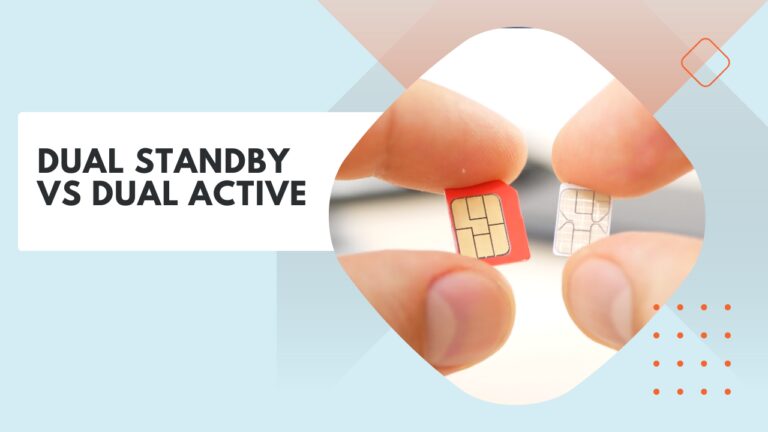Dual SIM Android phones, that let you use two SIM cards to make phone calls and send texts, are becoming increasingly popular for many reasons. This is especially the case in countries where it’s common to have one line dedicated to a calling plan with very cheap or even free minutes/texts and another line for data.
The problem is that in most cases, only one of your lines can be active at any given time – meaning if you’re on a call with Line 1 (which is on the T-Mobile network) and someone tries to call Line 2 (which is on AT&T), you won’t get the call.
This is where dual active comes into play: A dual-active Android smartphone lets you use both SIMs to make phone calls and send texts simultaneously, regardless of what line is active.
If you’re confused by all this, don’t worry – it gets way more confusing when you try to find out which phones are dual active or which are dual standby. Keep in mind these devices may not be available through your carrier/retailer, so check their websites before you buy one if that matters to you.
Dual standby vs dual active
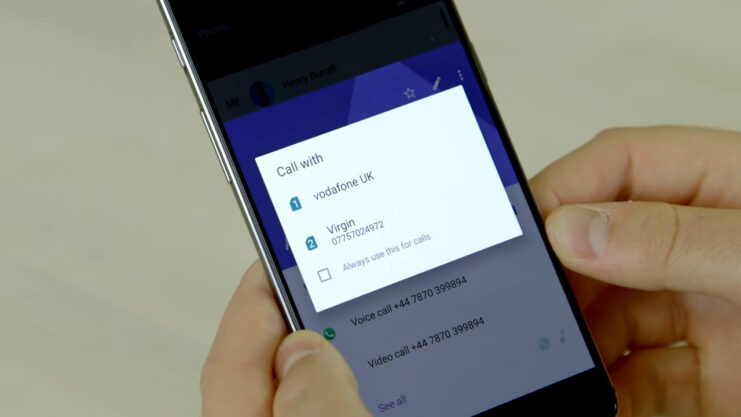
Dual standby means only one of your lines can be active at any given time – meaning if someone tries to call Line 2 (AT&T) while you’re on the phone with Line 1 (T-Mobile), you won’t get the call.
Dual standby phones are extremely common these days, even with smartphones – which is why most people don’t know there’s a better option out there. Dual standby offers you the ability to keep your data connection on while you’re on the phone – so if someone tries to call at the same time, you’ll get their call.
Dual active
Dual active means both SIMs can be active at the same time – meaning if someone tries to call Line 2 while you’re on the phone with Line 1, you’ll answer the call from Line 2 without ending your current call.
Realistically speaking, this doesn’t happen very often on most phones since it’s not very convenient for the person calling to have their calls dropped all of a sudden just because they happened to hit redial during a bad timing window.
That being said, it can be extremely useful for power users or people on call waiting – taking a second call while you have a current one in progress is generally more convenient than managing two separate lines, especially when you’re in a meeting, at the movies with your significant other, out to dinner with family/friends, etc.
Dual active phones are significantly rarer compared to their standby counterparts and we’re here to list most (if not all) of them for you! We’ve broken down the information into four major categories: Dual standby vs dual active: Which phone offers which?
What do you need to know?
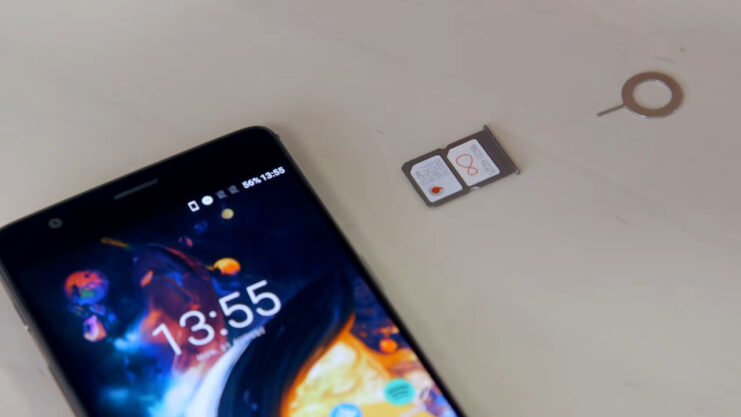
In terms of the advantages that come with dual SIM and dual standby phones for convenience, it is likely that the latter is the primary benefit. Imagine how uneasy you’d be if you had to call your number 1 to take messages from your employer or text back your contacts on a different phone and then the hassle of having more than one phone everywhere you go. As convenient as it may be, however, dual standby does have its own limitations.
The majority of the time, a Dual SIM Dual Standby device utilizes the MicroSD slot to store your secondary SIM. In most cases, you won’t be able to add more storage capacity to your microSD card. As a result, you may have to spend extra on extra internal space.
In many situations, smartphones are designed with the 4G/2G Dual SIM Dual Standby functionality, which means that one SIM’s network may be restricted to calls or messages. Furthermore, dual standby mode uses a lot of power. By using dual standby mode, you may combine two phone numbers into one phone and double the energy consumption as two sim cards are kept on the same phone.
What is the difference between a hybrid dual SIM phone and a regular double SIM smartphone? A hybrid dual SIM phone is similar to a dual SIM smartphone in that it has two slots for SIM cards. The secondary slot on this hybrid dual SIM gadget may only be used to store either a SIM card or a microSD memory card.
Dual standby and active are two terms that refer to the same thing, so there’s no reason why a twin SIM phone can’t have both of them. It entirely depends on the manufacturer’s preferences.
However, dual active smartphones are not common. You’re likely to struggle to find a few mixed double SIM dual active phones available.
How to Choose the Best Dual SIM Smartphone
When choosing a dual SIM smartphone, there are several factors to consider. First, you’ll want to make sure that the phone supports both of the carriers that you want to use. Some phones are only compatible with certain carriers, so it’s important to check before you buy.
You’ll also want to consider the battery life of the phone. Dual SIM smartphones can be more power-hungry than single SIM phones, so you’ll want to choose a phone with a long battery life if you plan on using both SIM cards frequently.
Finally, you’ll want to consider the price of the phone. Dual SIM smartphones can be more expensive than single SIM phones, so it’s important to choose a phone that fits your budget.
Common Myths About Dual SIM Smartphones
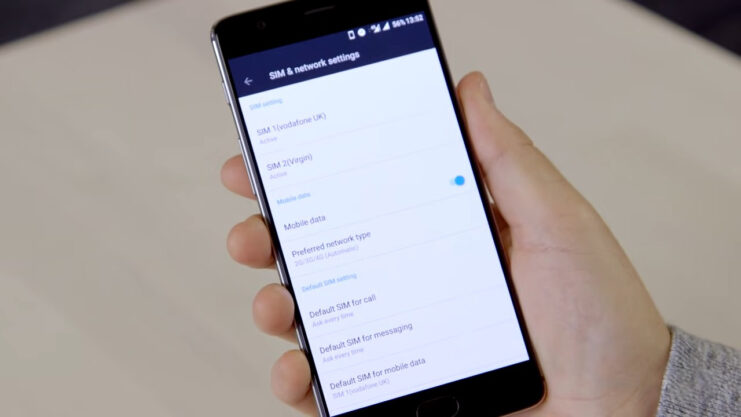
There are several myths about dual SIM smartphones that are simply not true. One common myth is that dual SIM smartphones are only available in low-end or budget models. In fact, many high-end smartphones now offer dual SIM functionality.
Another myth is that dual SIM smartphones are difficult to set up and use. In reality, setting up a dual SIM smartphone is just as easy as setting up a single SIM phone. You simply need to insert both SIM cards and follow the on-screen instructions.
Finally, some people believe that dual SIM smartphones have lower call quality or weaker network connections. This is not true. Dual SIM smartphones are capable of providing the same call quality and network connectivity as single SIM phones, as long as they are properly configured and maintained.
Are dual SIM smartphones even necessary?
Dual SIM smartphones can be necessary for certain individuals depending on their personal or professional needs. Here are some reasons why someone might prefer a dual SIM smartphone:
- Personal and work numbers: A dual SIM smartphone allows individuals to use separate SIM cards for their personal and work numbers. This can help them keep their personal and professional lives separate.
- Traveling: If you are traveling to a different country, a dual SIM smartphone can be helpful as you can use a local SIM card in addition to your home country’s SIM card. This can help you avoid expensive roaming charges.
- Network coverage: Some people prefer to use two different SIM cards from different carriers to ensure that they always have network coverage, especially in areas where one carrier may have better coverage than the other.
- Cost savings: Having two SIM cards in one phone can help individuals save money by taking advantage of different plans or promotions offered by different carriers.
FAQ
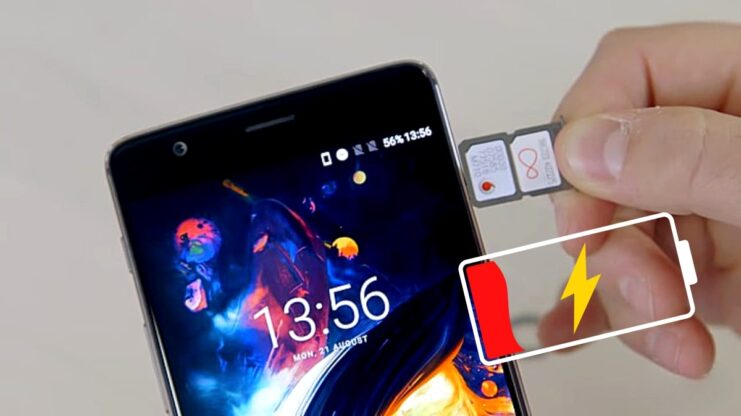
How does using dual SIM cards affect battery life?
Using dual SIM cards can have an impact on battery life, particularly when using dual standby mode. This is because both SIM cards are actively connected to the network, which can drain the battery faster. However, using dual active mode can also impact battery life, as the phone is constantly connected to two networks at the same time. It’s important to monitor battery usage and adjust settings as necessary to optimize battery life.
Do dual SIM phones have different network compatibility?
Yes, some dual SIM phones may have different network compatibility depending on the specific model and manufacturer. It’s important to check the specifications of the phone and ensure that it is compatible with the networks in your area.
Can I use two different phone numbers for messaging apps on a dual SIM phone?
Yes, you can use two different phone numbers for messaging apps on a dual SIM phone. Most messaging apps allow you to choose which phone number to use for sending and receiving messages.
Are dual SIM phones more expensive than single SIM phones?
Dual SIM phones are not necessarily more expensive than single SIM phones. The price of a phone depends on its specifications, features, and brand, and dual SIM capability is just one of many factors that can affect the price.
How do I switch between cards on a dual SIM phone?
To switch between SIM cards on a dual SIM phone, you can go to the phone settings and select the SIM card you want to use. Some phones also have a shortcut option to switch between SIM cards, such as a quick settings toggle or a physical button.
Can I make calls on both cards simultaneously on a dual active phone?
Yes, you can make calls on both SIM cards simultaneously on a dual active phone. This means that you can be on a call with one SIM card and receive a call on the other SIM card without interrupting your current call.
Can I use a dual SIM phone with an eSIM?
Some dual SIM phones may support eSIM technology, which allows you to activate a SIM card using a digital code instead of a physical SIM card. This can be helpful if you want to use a local carrier while traveling without having to purchase a physical SIM card.
Can I use a dual SIM phone with a single SIM card?
Yes, you can use a dual SIM phone with a single SIM card. You can simply insert one SIM card into the phone and leave the other slot empty.
How do I know if a dual SIM phone is compatible with my carrier?
You can check the specifications of the dual SIM phone to see which networks it is compatible with. You can also contact your carrier and provide them with the model of the phone to ensure compatibility.
Conclusion
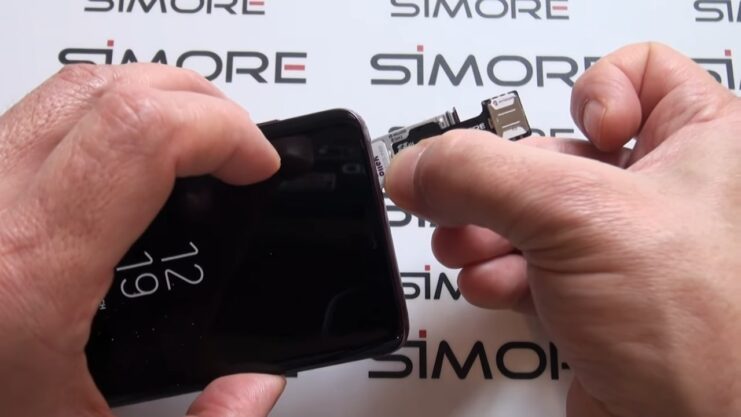
Dual SIM card support does not imply that the SIM1 and SIM2 cards will be active at the same time. There’s a difference between dual SIM dual active and dual SIM dual standby.
A SIM card is regarded as active when it receives an incoming call, and a phone’s dual SIM capability allows you to accept calls on both of the phones’ SIM cards at the same time. For example, if you have a call on the first SIM and are receiving another call on the second SIM, you are notified of it. Dual SIM dual standby smartphones, however, have
When you’re purchasing a smartphone, it’s critical to note that the cost differs and, most importantly, that you must clarify whether you want a Dual SIM dual active phone or a Dual SIM dual standby model.

